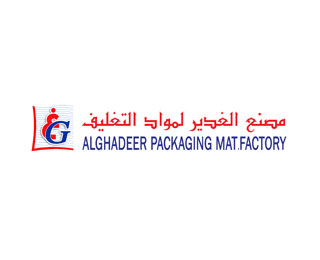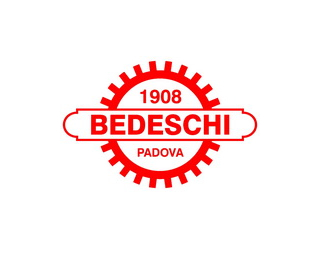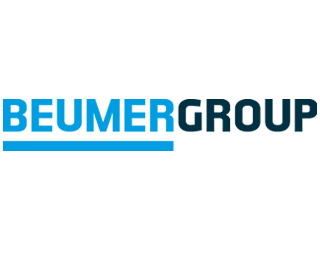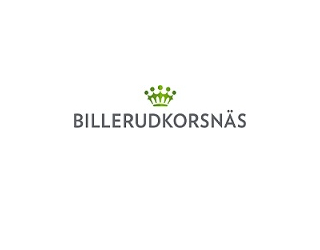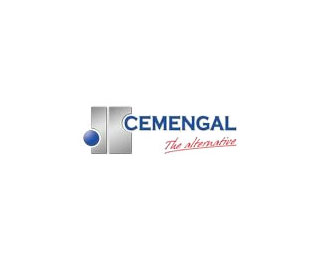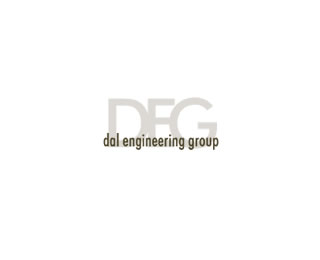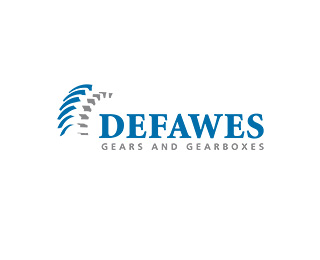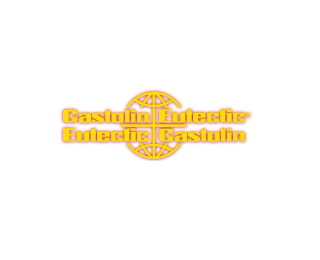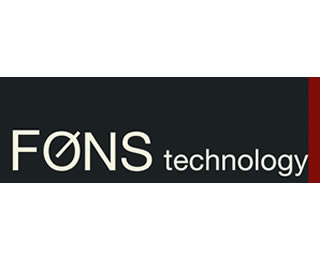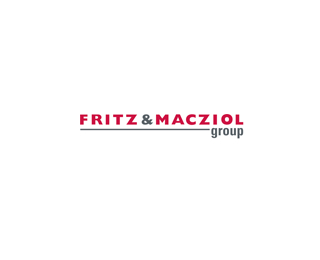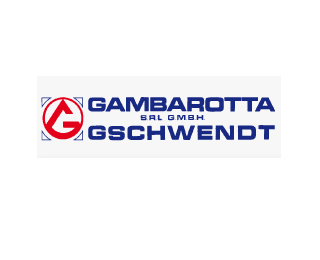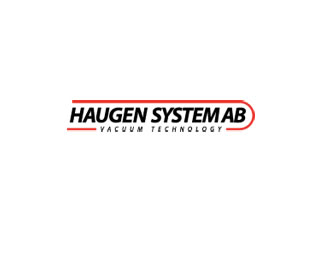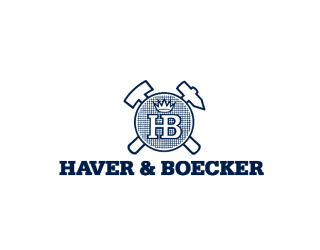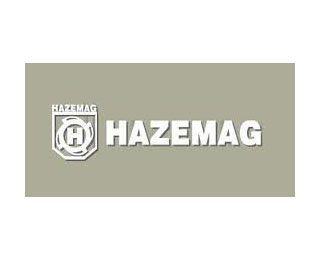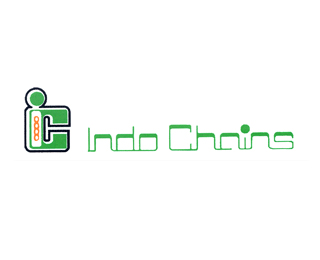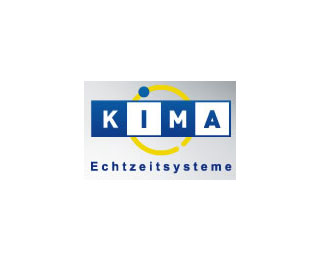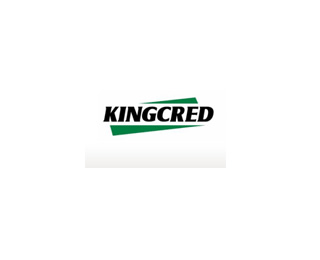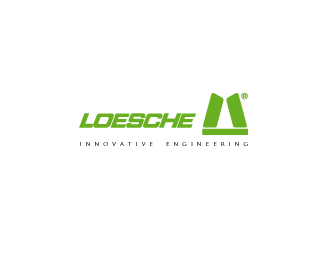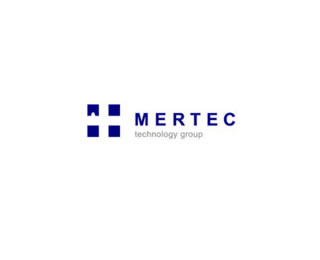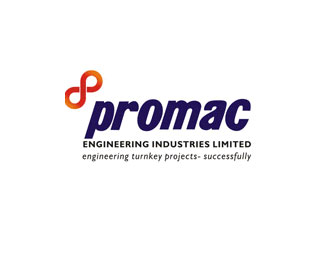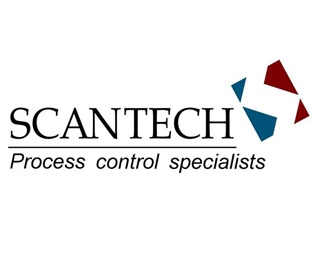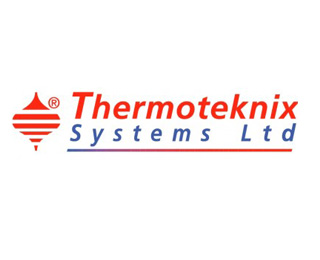Cemtech Middle East & Africa 2014, the leading international cement conference and exhibition, was successfully held at the Grand Hyatt Dubai (UAE) on 2-5 February 2014. From Malawi to Morocco, Ethiopia to Iraq, Saudi Arabia to Spain, the meeting attracted over 270 senior delegates from 36 countries stretching across the Middle East and Africa and beyond.

Thomas Armstrong, Cemtech organiser,
welcomes over 270 industry delegates
from across the Middle East & Africa
region and beyond
In the presence of Guest of Honour, His Excellency Sheikh Yaser Al Qasemi, General Manager of Union Cement Company and Chairman of the Cement Producers’ Association of the UAE, the opening session got underway with an address from conference organiser, Thomas Armstrong. Providing an overview of the cement industry’s performance in the MEA region, he noted North Africa's resilience in the face of a challenging political and economic environment: “Even in Egypt, where increased competition and skyrocketing energy costs have been compounded by a weakening market resulting from political unrest, demand has fallen only modestly, while other countries such as Algeria are performing well,” he said.
In his keynote speech covering global cement markets, Yuri Serov of Morgan Stanley (UK) observed that 2013 showed the slowest growth in the world ex-China for a decade, but that global consumption should rise by around 3.3 per cent in 2014, adding about one percentage point to the expansion rate for the year.
Focussing on the Gulf countries, Hettish Karmani, Global Investment House (Kuwait), provided an upbeat view of the sector, which will benefit greatly over the coming five years from high levels of construction activity. Projects will be driven by national development plans, the Qatar 2022 World Cup and Dubai World Expo 2020 – amounting to a potential construction value of US$2.4trn earmarked for the coming years.
Regional GCC clinker and cement capacities are expected to reach 93Mta and 123Mta, respectively, in 2014, versus consumption of 92Mta. While Saudi Arabia will remain by far the largest market going forward, Mr Karmani expects Qatar to exhibit the highest growth rate, with demand expected to rise to an average of 7Mta over 2013-22.
The conference continued with a range of presentations focussing on all areas of cement manufacturing technology, with contributions from Yanbu Cement and Najran Cement (Saudi Arabia), Cemex and ASEC Cement (Egypt), Derba Midroc (Ethiopia), JK Cement (UAE), in addition to leading industry experts and technology suppliers.
Topics covered included new greenfield plants in Egypt, Ethiopia and the UAE, grinding systems, waste heat recovery, energy saving technologies, pyroprocessing, quality control, pollution control, alternative fuels, cement packing and distribution, maritime logistics and much more.
A sold-out exhibition accompanied the three-day conference and saw leading equipment suppliers Cemengal (Spain), Loesche GmbH (Germany), Dal Engineering (Turkey), Fives Group (France), Beumer (Germany), Tondga Refractories and many more promote the latest solutions to the regional cement industry.
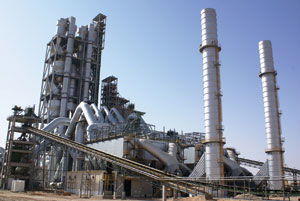
Delegates attending Cemtech MEA 2014 were
able to tour the 11,000tpd Al-Ain Cement works,
courtesy of Arkan Building Materials
Extended programme
As usual, the extended technical programme attracted strong participation. Over 40 delegates visited the new 11,000tpd Al-Ain cement plant in Abu Dhabi emirate, courtesy of Arkan Building Materials.
Meanwhile, Dr Michael Clark, independent consultant and technical consultant for International Cement Review, led a popular workshop on cement manufacturing technology entitled ‘Strategies for fundamental cost minimisation’.
Cemtech organisers would like to express their sincere appreciation to all speakers and participating companies at this international conference.
Exhibiting companies at Cemtech MEA 2014 included:
